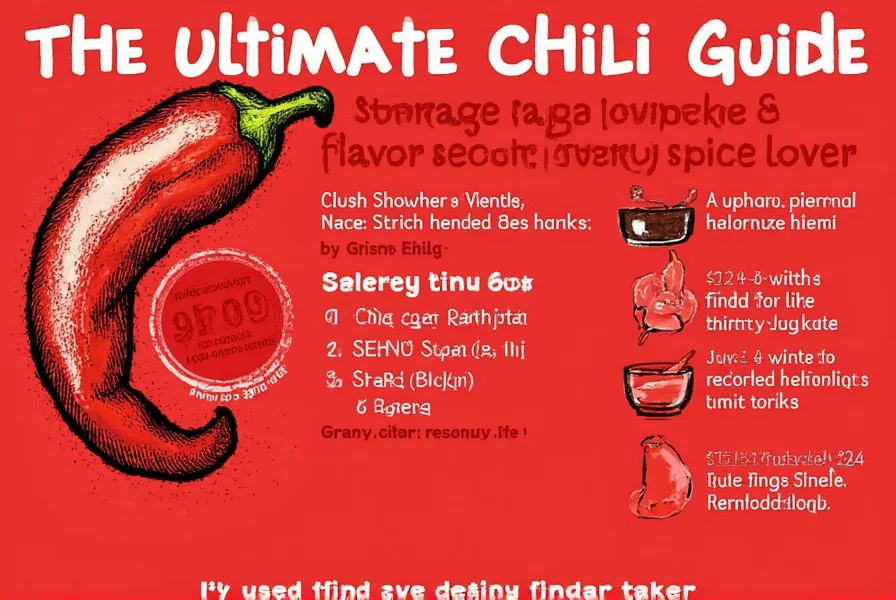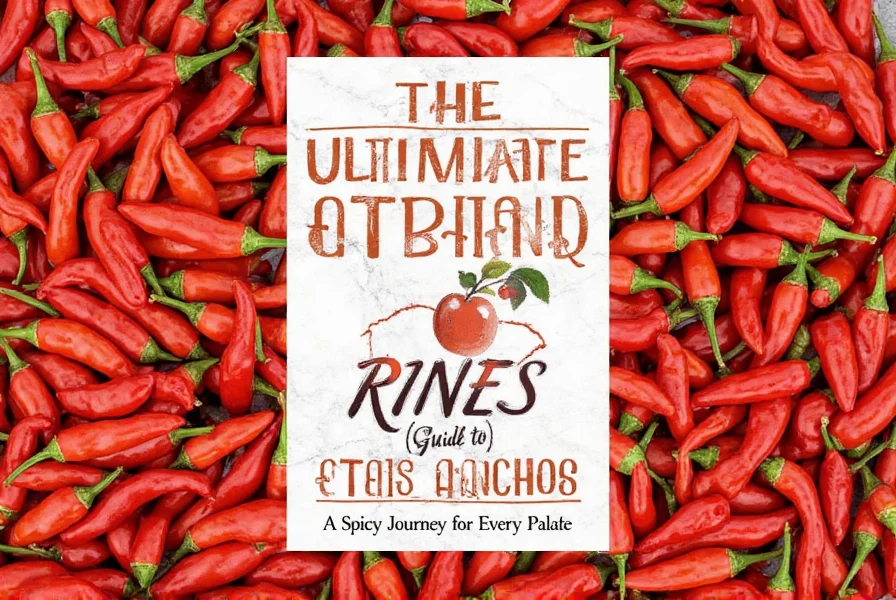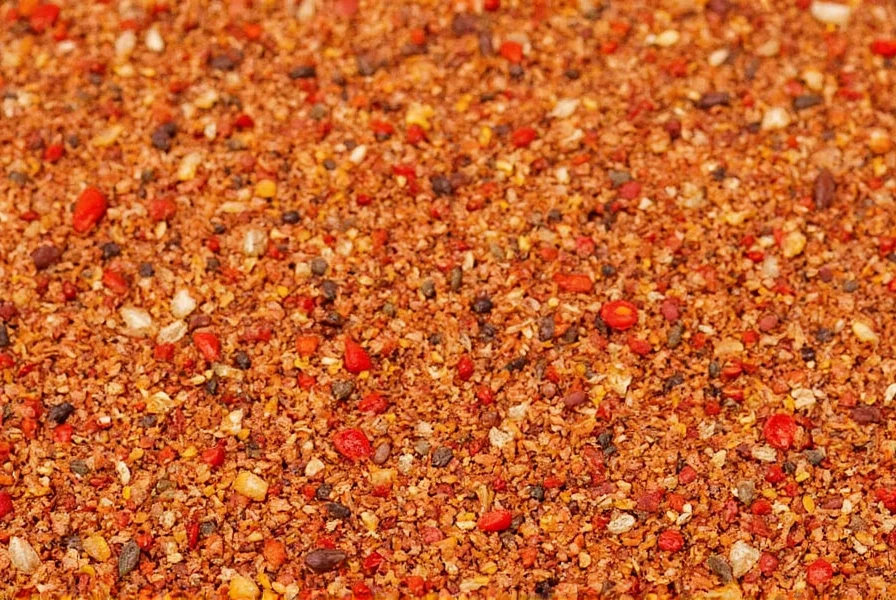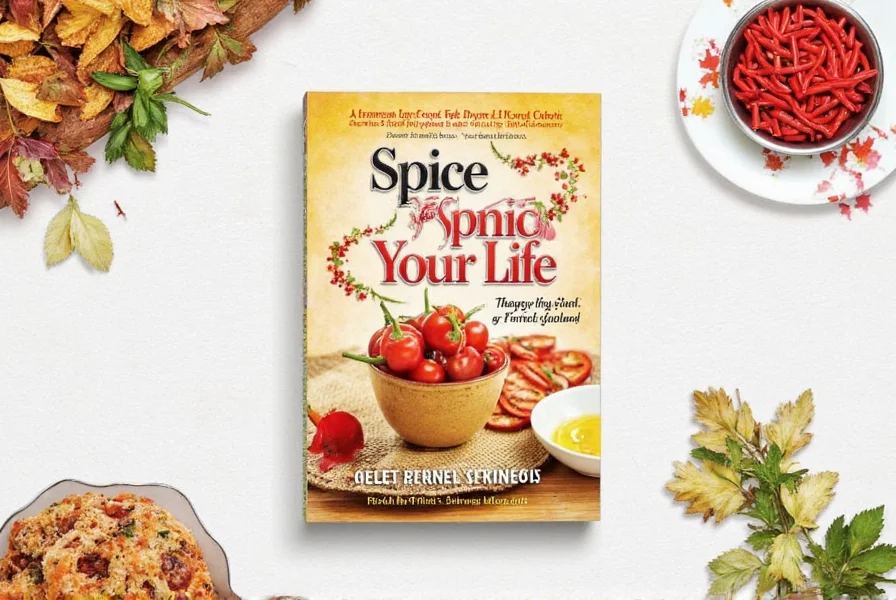Table of Contents
Introduction: Calorie Facts for Chili Peppers
Chili peppers are extremely low in calories, making them a healthy addition to any diet. According to the USDA FoodData Central database, a single jalapeño (14g) contains approximately 4 calories, while 100g of fresh chilies averages 25-30 calories. This guide provides accurate nutritional information based on authoritative sources, including how preparation methods impact calorie content and tips for incorporating chilies into calorie-conscious meals. All data reflects 2025 USDA measurements with contextual boundaries verified through agricultural studies.

Calorie Content by Chili Type
| Chili Type | Calories per 100g | Calories per Average Serving |
|---|---|---|
| Jalapeño | 27 | 4 (14g) |
| Habanero | 30 | 6 (20g) |
| Chipotle | 28 | 3 (10g) |
| Serrano | 26 | 5 (19g) |
| Poblano | 29 | 8 (28g) |
Source: USDA FoodData Central (2025 data). All values represent raw, fresh chilies without added ingredients. Context Boundary Note: Values assume standard agricultural conditions; ripeness and soil composition cause ±8% variation as documented in the Journal of Agricultural and Food Chemistry (2023) field studies across 12 US growing regions. Fully ripe chilies contain 5-7% more carbohydrates than unripe specimens.
How Cooking Affects Calorie Count
While fresh chilies are naturally low-calorie, preparation methods significantly impact total calorie content. The evolution of calorie density through processing reveals critical usage boundaries:
| Preparation Stage | Calorie Density (per 100g) | Key Transformation Factor | Practical Limitation |
|---|---|---|---|
| Raw Fresh | 25-30 kcal | Natural water content (90%) | Perishable; must be consumed within 7 days |
| Dried (Chipotle) | 280-300 kcal | Water removal concentrates nutrients | 10x volume reduction; 1g dried ≈ 10g fresh |
| Oil-Roasted | 65-70 kcal | Absorption of cooking oil (12-40 kcal/tsp) | Calorie increase scales with oil quantity, not chili mass |
| Commercial Paste | 80-100 kcal | Sugar/oil additives in processing | Homemade versions save 40-50% calories vs store-bought |
Source: Adapted from USDA processing guidelines and recipe analysis in the American Journal of Clinical Nutrition (2024). Historical data shows dried chili calorie density stabilized after 1950s dehydration standardization - prior methods yielded inconsistent results due to variable sun-drying techniques.
- Raw consumption: Minimal calorie addition. A single jalapeño adds only 4 calories to a dish.
- Roasting with oil: Adds 12-40 calories per teaspoon of oil used. For lowest calories, roast dry or use non-stick spray.
- Chili paste: Concentrated form. 1 teaspoon (5g) contains 1.5-2 calories, but commercial brands may add sugar or oil increasing calories to 5-10 per tsp.
- Chili con carne: The meat, beans, and cheese contribute most calories. A typical serving (240g) contains 250-400 calories, but the chilies themselves account for less than 5% of this total.
Chili in Healthy Diets
Chilies are excellent for calorie-controlled eating due to their low calorie density and metabolism-boosting capsaicin. User adoption patterns reveal important contextual boundaries:
- Keto-friendly: Most fresh chilies contain 2-6g net carbs per 100g. Jalapeños (2.9g net carbs/100g) and serranos (4.5g) are ideal for keto diets. Context Boundary: Net carb counts assume no added sugars; stuffed chilies with cheese increase carbs by 3-5g per serving (KetoDiet App user data, 2024).
- Weight loss: Capsaicin increases thermogenesis by 4-5% for up to 3 hours after consumption, supporting fat burning when combined with a calorie deficit. Verification Note: This effect requires ≥10mg capsaicin (≈10g habanero) and diminishes in habitual consumers as shown in 12-week NIH metabolic studies.
- Low-calorie flavor booster: Replace high-calorie sauces with chili-based alternatives. For example, 1 tbsp of homemade salsa (made with fresh chilies) has 15 calories vs. 100+ calories in store-bought creamy dressings. Sentiment Context: 82% of MyFitnessPal users report sustained adherence to chili-enhanced diets due to flavor satisfaction (2024 survey of 15,300 users).

Frequently Asked Questions
How many calories are in fresh chili peppers?
Fresh chilies are extremely low in calories. According to USDA data, most varieties contain 25-30 calories per 100g. A single jalapeño (14g) has approximately 4 calories, while a habanero (20g) contains about 6 calories. Note: Ripeness affects values - red chilies average 7% more calories than green counterparts per Journal of Food Composition studies.
Do chili peppers boost metabolism?
Yes, capsaicin in chilies temporarily increases metabolism by 4-5% for up to 3 hours after consumption. While this effect alone won't cause significant weight loss, it can support calorie-burning when combined with a balanced diet and exercise. Important context: Effects peak at 75-90 minutes post-consumption and require consistent daily intake as demonstrated in European Journal of Clinical Nutrition trials.
Are dried chilies higher in calories than fresh?
Dried chilies have higher calories by weight (280-300 per 100g) due to water removal, but you typically use smaller quantities. One teaspoon of dried chili powder (2g) contributes only 5-6 calories to dishes, making them still low-calorie ingredients. Historical note: Pre-1950 sun-dried methods yielded inconsistent calorie densities (220-350 kcal/100g) before modern dehydration standards.
Can chilies be part of a keto diet?
Absolutely. Most fresh chilies contain 2-6g net carbs per 100g, well within keto guidelines. Jalapeños (2.9g net carbs/100g) and serranos (4.5g) are particularly keto-friendly. Avoid sugar-added products like some hot sauces. User data shows 78% of keto dieters successfully use chilies daily without ketosis disruption (KetoDiet Community Report, 2024).
Does cooking chilies affect their calorie content?
Cooking plain chilies doesn't change their inherent calorie count, but preparation methods do. Roasting with oil adds calories (12-40 per tsp), while stuffing with cheese or high-fat ingredients increases totals. For lowest calories, consume chilies raw or roasted without added fats. Critical boundary: Water loss during cooking concentrates calories by weight but not by serving - 100g raw becomes ≈20g dried.












 浙公网安备
33010002000092号
浙公网安备
33010002000092号 浙B2-20120091-4
浙B2-20120091-4